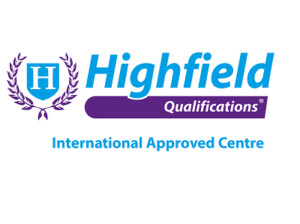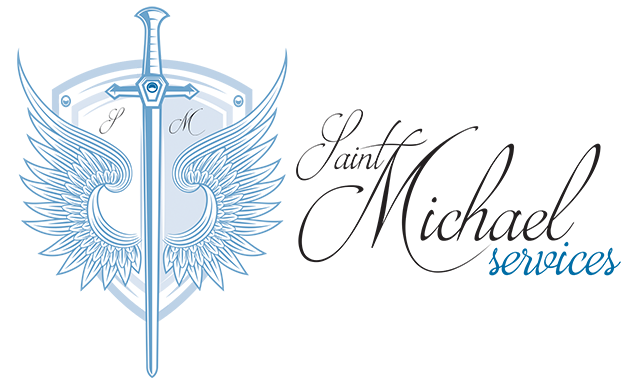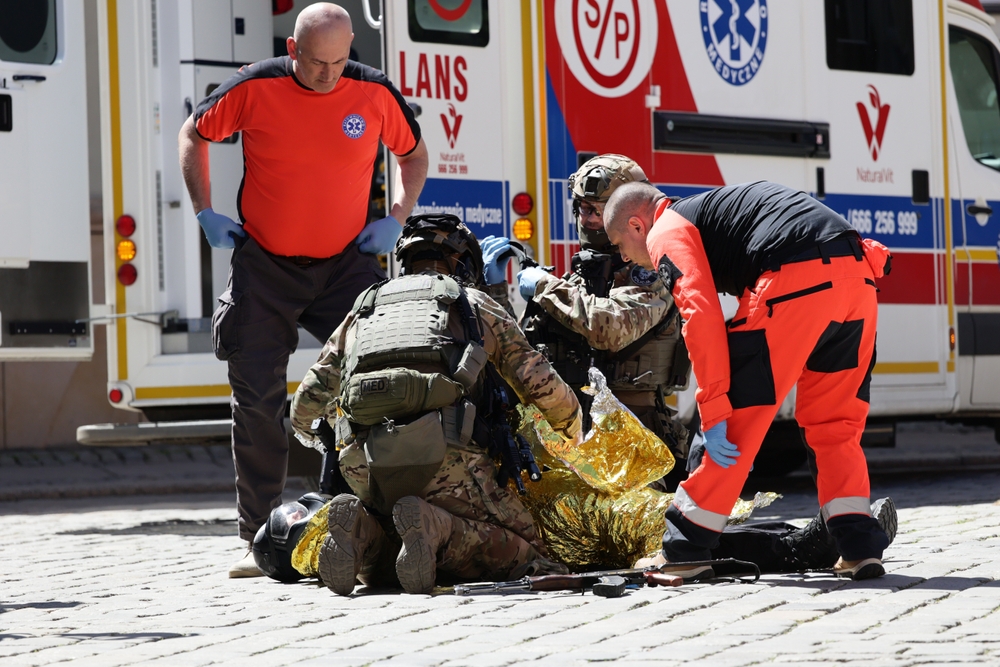- Questo prodotto è riservato e non può essere comprato.
SMAT Combat Medic TECC – Tactical Emergency Casualty Care Level 3
What is TECC?
The Tactical Emergency Casualty Care (TECC) guidelines are a set of best practice recommendations for casualty management during civilian tactical and rescue operations. Based upon the principles of Tactical Combat Casualty Care (TCCC), TECC accounts for the differences in the civilian environment, resources, patient population, and scope of practice from the military combat environment of TCCC. The Committee for Tactical Emergency Casualty Care (C-TECC) is modeled after the Committee for Tactical Combat Casualty Care (CoTCCC) and is comprised of a broad range of interagency operational and academic leaders in the practice of high threat medicine and fire/rescue from across the nation, including members from emergency medicine, emergency medical services, police, fire, and the military special operations community. C-TECC remains an independent civilian entity but maintains a close relationship with CoTCCC for guidance and support. Taking into account that wounding patterns and mechanisms of injury may be similar in civilian incidents involving ballistic and explosive wounding, TECC recommends treatment modalities based on the situation and available assets. The primary TCCC tenants of placing far forward timely medical care, and doing the right thing at the right time, are also paramount in the TECC guidelines. As with TCCC, TECC is divided into three phases of care based on the relationship of the provider, the casualty, and the threat. Considerable expertise and effort has gone into the development of a civilian operational medical standard in parallel to the successful guidelines of Tactical Combat Casualty Care. Known as Tactical Emergency Casualty Care, this new standard utilizes data and experiences from the military and accounts for the differences of operating in the civilian sector. The TECC guidelines will continue to be updated using evidence-based medical best practices and will remain under the custodianship of the Committee for Tactical Emergency Casualty Care.
Course Goals
The applications of the TECC guidelines for civilian Fire/EMS medical operations are far reaching, beyond just the traditional application in tactical and law enforcement operations. The medical response to almost any civilian scenario involving high risk to responders, austere environments, or atypical hazards will benefit from the guidelines, including active shooter response, CBRNE and Terrorism related events, mass casualty, wilderness/austere scenarios, technical rescue events, and even traditional trauma response.
The goals of Tactical Emergency Casualty Care include:
- To balance the threat, civilian scope of practice, differences in civilian population, medical equipment limits, and variable resources for response to atypical emergencies
- To establish a framework that balances risk:benefit ratio for all civilian operational medical response
- To provide guidance on medical management of preventable deaths at or near the point of wounding
- To miniminize provider risk while maximizing patient benefit
Course Content
1. Introduction: rescue and pre-hospital care for trauma patients
2. Prevention of further injuries
3. Trauma kinematics
4. Scene evaluation
5. Support assessment
6. Airways and ventilation
7. Shock states
8. Head trauma
9. Spine trauma
10. Thoracic trauma
11. Abdominal trauma
12. Musculoskeletal trauma
13. Burns
14. Golden principle of care in hostile environments
15. TECC
16. Isolated care
17. Emergency medical support in tactical situations in the civilian context (TEMS)
18. TECC phases (3 phases)
19. Management of a MASSCAL (Mass Casualty attacks and Active Shooter situations)
20. Tactical Combat Casualty Care Guidelines 20 Massive Bleeding: Management
21. MARCH – MIST – RYAN-ABCDE Algorythms
22. Chest decompression
23. Use of decompression mattress
24. Use of a «medsled» board
25. Use of «extraction devices»
26. Stabilization of a trauma patient before MEDEVAC: principles of Prolonged Field Care
27. Managing your own injuries
28. Pain management
29. Managing a team
30. Establishment and management of an emergency plan in isolated areas
Course Duration
The course run on a blended delivery mode, with a first online, distance-learning theory module followed by 5 practical, intensive days, including night excersizes.
Entry Criteria
The entry is open to all learners that satisfy this minimum requirements:
- Highfield TECC Level 2 or equivalent (RPL, ex. NAEMT TCCC/TECC, ITLS Military, ecc)
- A good command of Italian, English or French language either spoken, read and written.
Course Delivery
The course is a combination of online learning, classroom theory and practicals along with field excersices.
Course Assessment
Assessment takes the form of:
- Written test MCQ
- Skills station demonstrations
- Final/Summative, realistic, assessment field operation
What is Included
Classroom/Practical course, luch during the course, certifications.
Food and lodging is excluded, we can provide with a list of suggested accomodation
Course Languages
Italian, English, French
Course Location
Biasca and Osogna, Ticino, Switzerland
Certification
Highfield International SMAT Combat Medic TECC Level 3 – Tactical Emergency Casualty Care

10 disponibili



